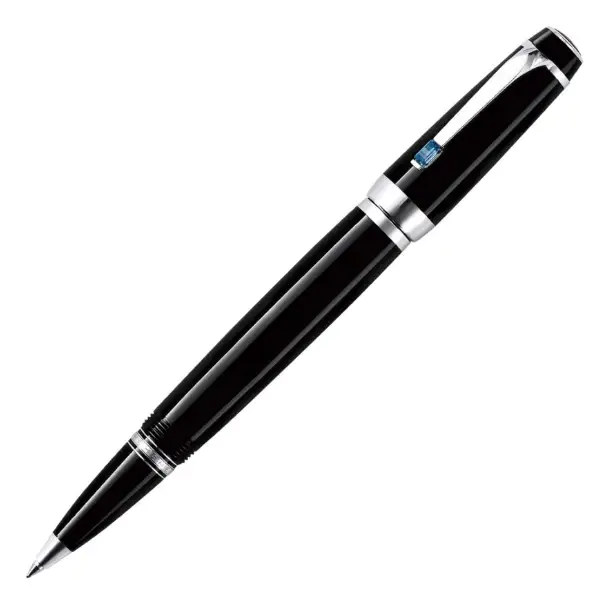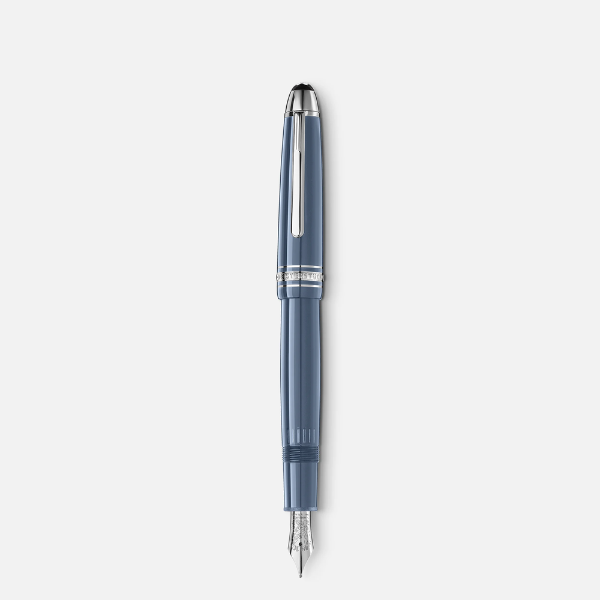Selecting the Perfect Paper: Finding the Ideal Match for Your Fountain Pen
The act of writing with a fountain pen is not merely about putting ink on paper; it’s an experience that combines the tactile pleasure of smooth ink flow with the visual delight of vibrant ink colors. The choice of paper is crucial in this process, as it significantly influences the writing experience. Selecting the right paper for your fountain pen is essential to ensure that the pen’s ink performs optimally, showcasing its color saturation and flow without issues like bleeding or feathering. This introduction sets the stage for understanding the symbiotic relationship between fountain pen ink and paper quality, emphasizing the importance of finding that ideal match to enhance the writing experience. By delving into the characteristics of both pen ink and paper, we aim to guide users in selecting the perfect paper that complements their writing style, pen choice, and ink preferences.
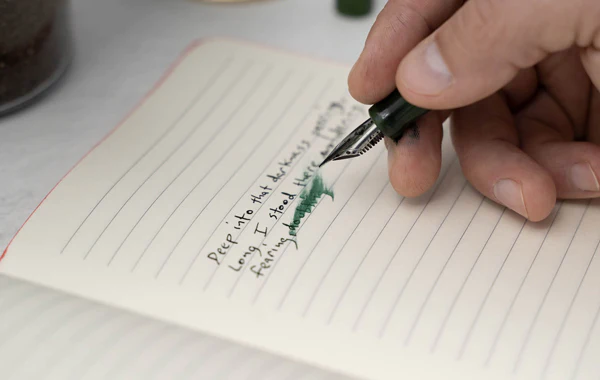
Understanding Fountain Pen Ink Properties
Fountain pen ink has distinct properties that differentiate it from other types of pen inks, such as viscosity, drying time, and color saturation. These characteristics play a pivotal role in how the ink interacts with paper and, consequently, in the selection of suitable paper for fountain pen use.
- Viscosity: The thickness of the ink affects how it flows from the nib onto the paper. Fountain pen inks are generally less viscous than ballpoint or gel pen inks, allowing for a smoother flow that creates the characteristic wet line favored by fountain pen enthusiasts.
- Drying Time: This property is crucial in determining how quickly the ink sets on the paper. Faster drying times reduce the likelihood of smudging, which is particularly important for left-handed writers or those who need to write quickly.
- Color Saturation: The intensity of the ink’s color on paper is affected by its formulation. High-quality fountain pen inks offer rich, vibrant colors that stand out on the paper, enhancing the aesthetic appeal of the writing.
Understanding these ink properties is essential for selecting paper that complements the writing experience. The right paper will absorb the ink properly without excessive spreading or feathering, allowing the true color and quality of the ink to shine through. Additionally, the paper should facilitate a drying time that matches the user’s writing speed and habits, ensuring a clean, smudge-free result.
The Significance of Paper Quality
The quality of paper used with a fountain pen is crucial in determining the overall writing experience. Various aspects of paper quality, such as weight, texture, and coating, play significant roles in how the paper interacts with fountain pen ink.
- Weight: The thickness and weight of the paper are indicative of its durability and ink absorption capabilities. Heavier papers tend to absorb ink better, reducing bleed-through and allowing for clearer, more defined writing.
- Texture: The surface texture of the paper can affect the smoothness of the writing experience. Finely textured papers provide a smoother feel under the nib, facilitating a more fluid writing movement, while rougher textures can add character to the writing but may cause more wear on the nib.
- Coating: Some papers have a special coating that affects ink absorption and drying time. Coated papers can prevent ink from feathering and bleeding, creating sharp, clean lines, but they may also slow down ink drying time.
Understanding these factors is essential for selecting a paper that enhances the fountain pen’s performance. The right paper not only complements the ink’s properties but also contributes to the pen’s smooth operation, ensuring a pleasurable and satisfying writing experience. Choosing high-quality paper that aligns with the characteristics of the fountain pen and its ink can transform writing from a mundane task into a delightful sensory experience.
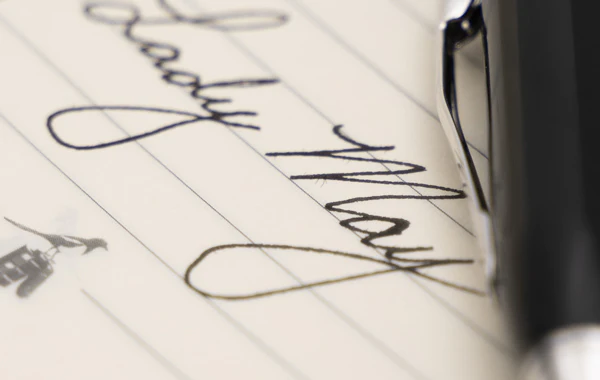
Types of Paper Suited for Fountain Pens
Finding the right paper for fountain pens is crucial to enhance the writing experience. Different types of paper are designed to cater to the unique needs of fountain pen users, offering varying levels of ink absorption, smoothness, and durability.
1. High-Quality Notebooks and Journals
Many brands specialize in producing notebooks and journals that are fountain pen-friendly. These products typically feature heavyweight, smooth paper that prevents ink from bleeding through and reduces feathering. Brands like Rhodia, Leuchtturm1917, and Moleskine are renowned for their high-quality notebooks that provide an excellent surface for fountain pen writing.
2. Specialty Writing Paper
Specialty papers, such as vellum and laid paper, offer unique textures and finishes that can enhance the fountain pen writing experience. Vellum, with its smooth, durable surface, is ideal for detailed writing, while laid paper offers a textured finish that can add character to handwritten notes and letters.
3. Letter Writing and Correspondence Paper
For those who enjoy the art of letter writing, choosing the right paper is essential. Correspondence papers are often made from high-grade cotton or linen, providing a luxurious, tactile experience. These papers are designed to showcase the ink’s color and flow, making every letter a work of art.
Selecting the appropriate paper type for your fountain pen can significantly impact the clarity, aesthetics, and enjoyment of your writing. Whether for professional work, personal journaling, or artistic expression, there is a paper type suited to every fountain pen user’s needs.
How to Test Paper for Fountain Pen Use
Selecting the ideal paper for fountain pen use often involves personal testing to determine compatibility and satisfaction with the writing experience. Here’s how you can assess paper suitability for your fountain pen:
- Bleed-through Test: Write on the paper with your fountain pen and check the other side to see if the ink bleeds through. High-quality papers should show minimal or no bleed-through, even with wetter inks or broader nibs.
- Show-through Test: Even if the ink doesn’t bleed through, it might still be visible on the other side of the paper (show-through). Depending on your tolerance for show-through, you might prefer thicker or coated papers that minimize this effect.
- Ink Drying Time Test: Note how long it takes for the ink to dry on the paper. Faster drying times reduce the risk of smudging but can also affect how the ink flows and appears on the paper.
- Smoothness Test: Feel how the pen glides across the paper. The paper’s texture should allow the nib to move smoothly without catching or feeling scratchy.
- Ink Color and Saturation Test: Observe how the paper affects the ink’s appearance. The right paper should show the ink’s true color and saturation without making it look washed out or overly absorbed.
To systematically evaluate different papers, consider keeping a paper journal or swatch book where you can note the results of these tests along with the pen and ink used. This reference can be invaluable when you need to choose paper for specific writing tasks or when purchasing new notebooks or writing pads.
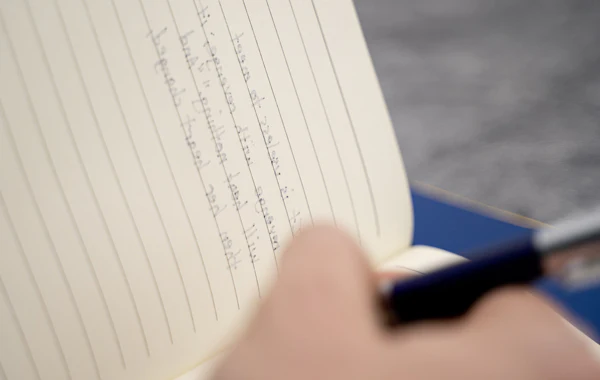
Factors to Consider When Selecting Paper
When choosing the perfect paper for fountain pen use, several additional factors come into play beyond the immediate writing experience. These considerations can greatly influence the satisfaction and functionality of the writing process.
- Paper Size and Format: Depending on the intended use, whether for journaling, letter writing, or note-taking, the size and format of the paper can be crucial. From standard A4 to more compact sizes like A5 or personal planners, the paper size should suit the purpose and context of the writing.
- Environmental Impact: The sustainability of paper production is increasingly important. Papers made from recycled materials or sourced from sustainable forests can provide an eco-friendly option for environmentally conscious users.
- Personal Writing Habits: Consider how you use your fountain pen. Do you write quickly, requiring faster drying times, or do you prefer a slower, more deliberate writing pace? Your personal writing style and habits will influence the type of paper that best suits your needs.
- Budget Constraints: The cost of high-quality paper can vary widely. Balancing the need for a superior writing surface with budget limitations is often a practical consideration.
- Availability and Accessibility: Some types of high-quality fountain pen paper may be more difficult to find or purchase, depending on your location. Availability and ease of acquisition can be a deciding factor in choosing paper.
Taking these factors into account helps in making a more informed decision, leading to a better match between the fountain pen and paper. This alignment enhances the writing experience, ensuring that the paper not only meets functional requirements but also aligns with personal preferences and values.
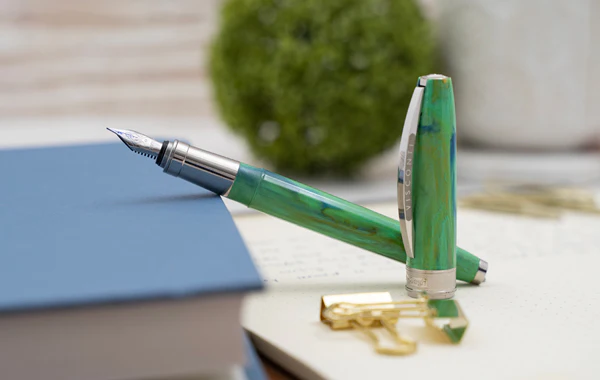
Popular Paper Brands and Recommendations
Selecting the right paper for fountain pen use can be greatly influenced by the brand, as different brands offer varying qualities and characteristics that can affect the writing experience. Here are some popular paper brands known for their compatibility with fountain pens, along with brief reviews of each:
- Rhodia: Known for its smooth texture and minimal bleed-through, Rhodia paper is a favorite among fountain pen users. Its high-quality finish provides an excellent surface for a variety of inks and nib sizes.
- Clairefontaine: This brand offers exceptionally smooth paper that is heavy enough to prevent bleed-through and show-through, making it ideal for detailed writing and note-taking.
- Tomoe River: Famous for its thin yet strong paper, Tomoe River provides a unique writing experience. Its paper showcases ink colors and shading beautifully, though it has a longer drying time due to its smoothness.
- Leuchtturm1917: Offering a good balance between smoothness and absorbency, Leuchtturm1917 notebooks are well-regarded for their quality. The paper is designed to reduce feathering and bleed-through, making it suitable for a range of fountain pens.
- Moleskine: While not as fountain pen-friendly as others on this list, Moleskine’s paper is appreciated for its texture and weight. Some users find certain inks perform well on its surface, though testing is recommended.
Each of these brands has its own strengths and may cater to different preferences and writing requirements. When choosing paper for fountain pen writing, consider trying samples or smaller notebooks from these brands to determine which best meets your needs, whether for daily journaling, professional work, or artistic endeavors.
Finding the perfect paper for fountain pen use is a nuanced journey that balances the pen’s ink properties with the paper’s quality and characteristics. Through this exploration, we’ve delved into the importance of selecting the right paper to enhance the fountain pen writing experience, considering factors such as ink absorption, paper texture, and environmental sustainability.
The journey to discover the ideal paper match for your fountain pen is often one of trial and error, reflecting personal preferences and writing habits. Whether seeking a paper that showcases the ink’s vibrancy or one that accommodates fast drying times for efficient note-taking, the array of options available ensures that there is a paper type to suit every fountain pen user’s needs. Encouraging readers to experiment with different papers and brands can lead to the discovery of a paper that not only complements their writing style but also elevates the overall experience of using a fountain pen.



